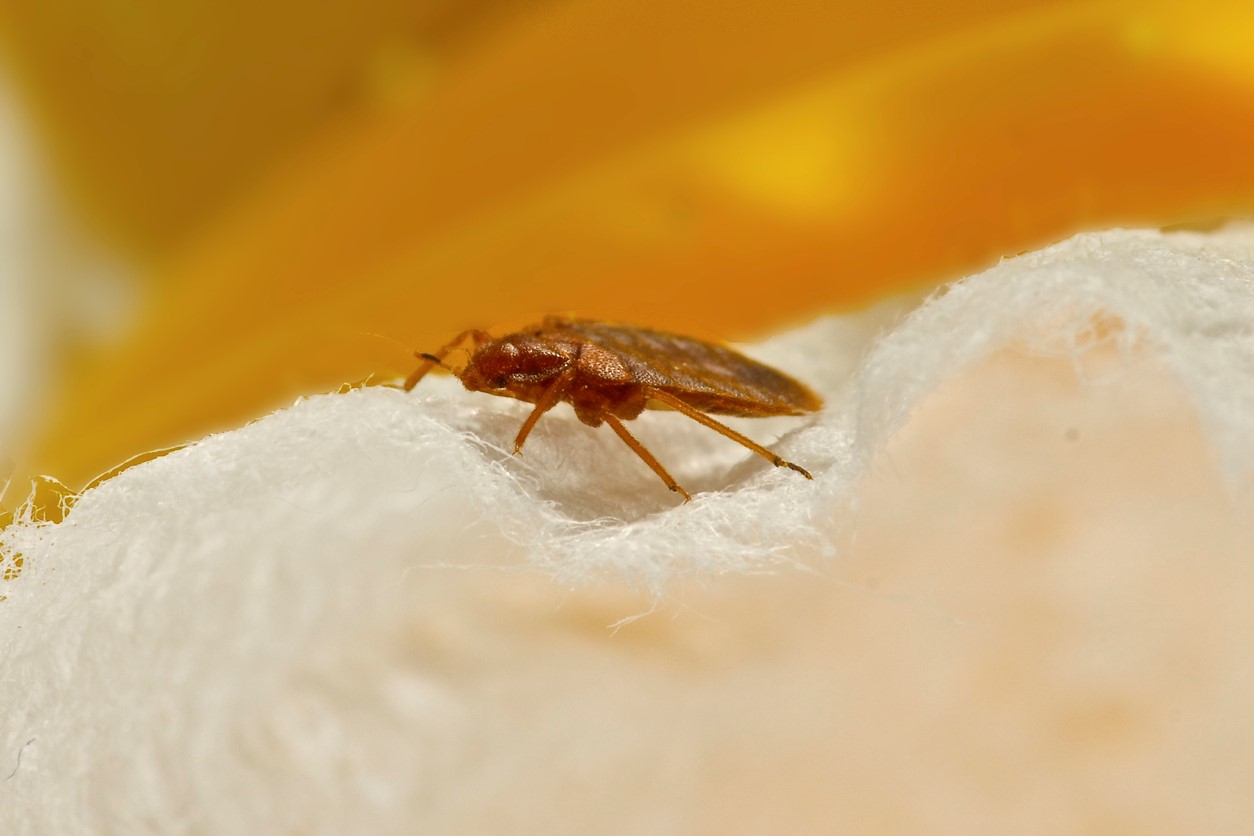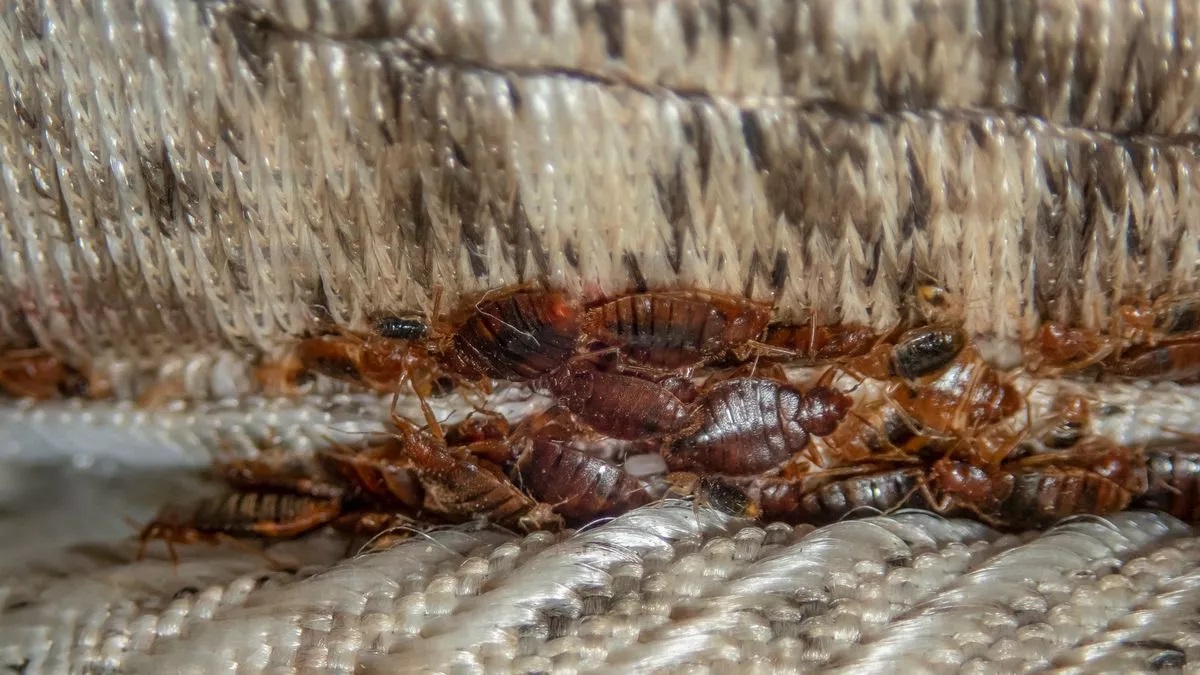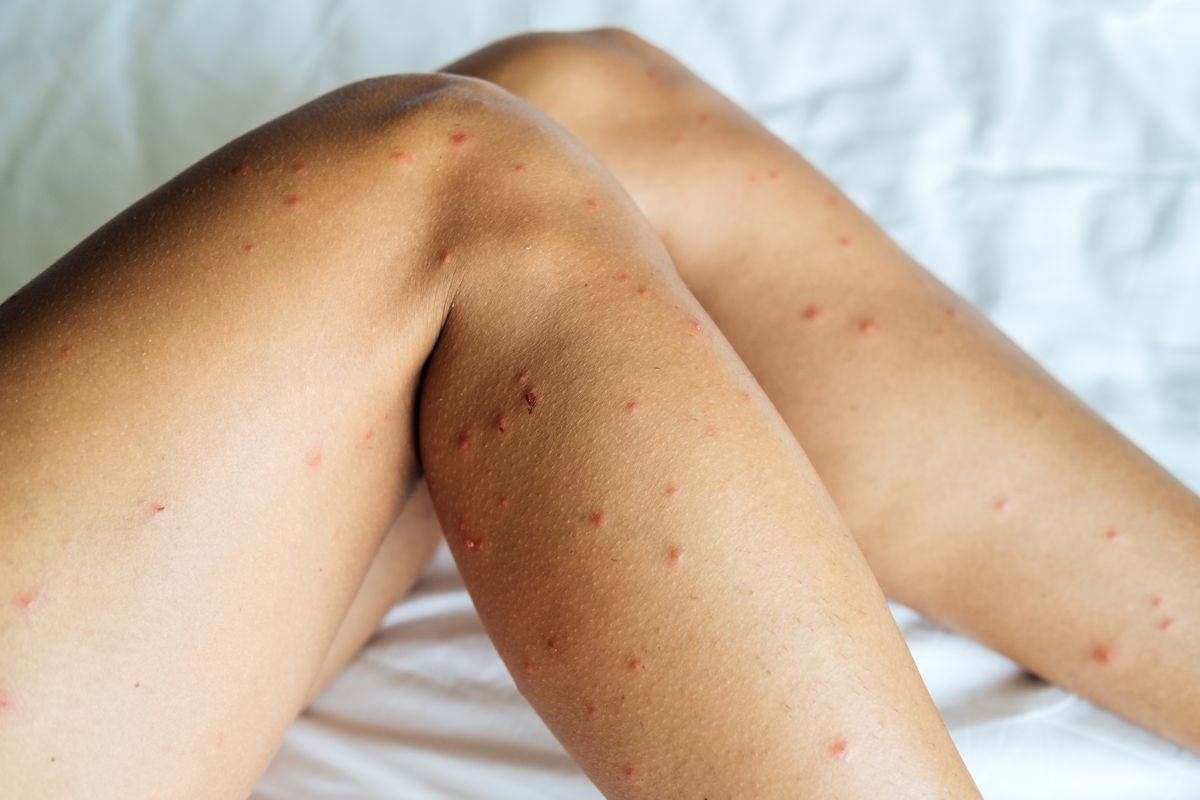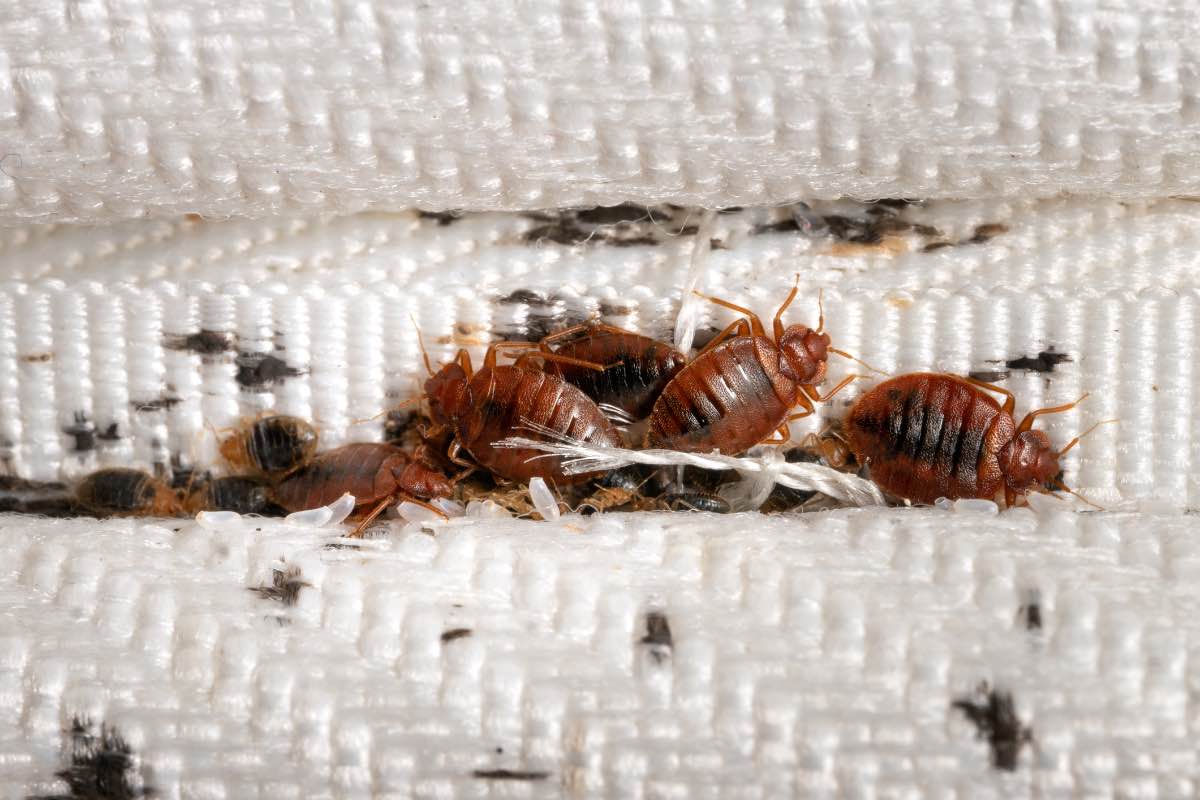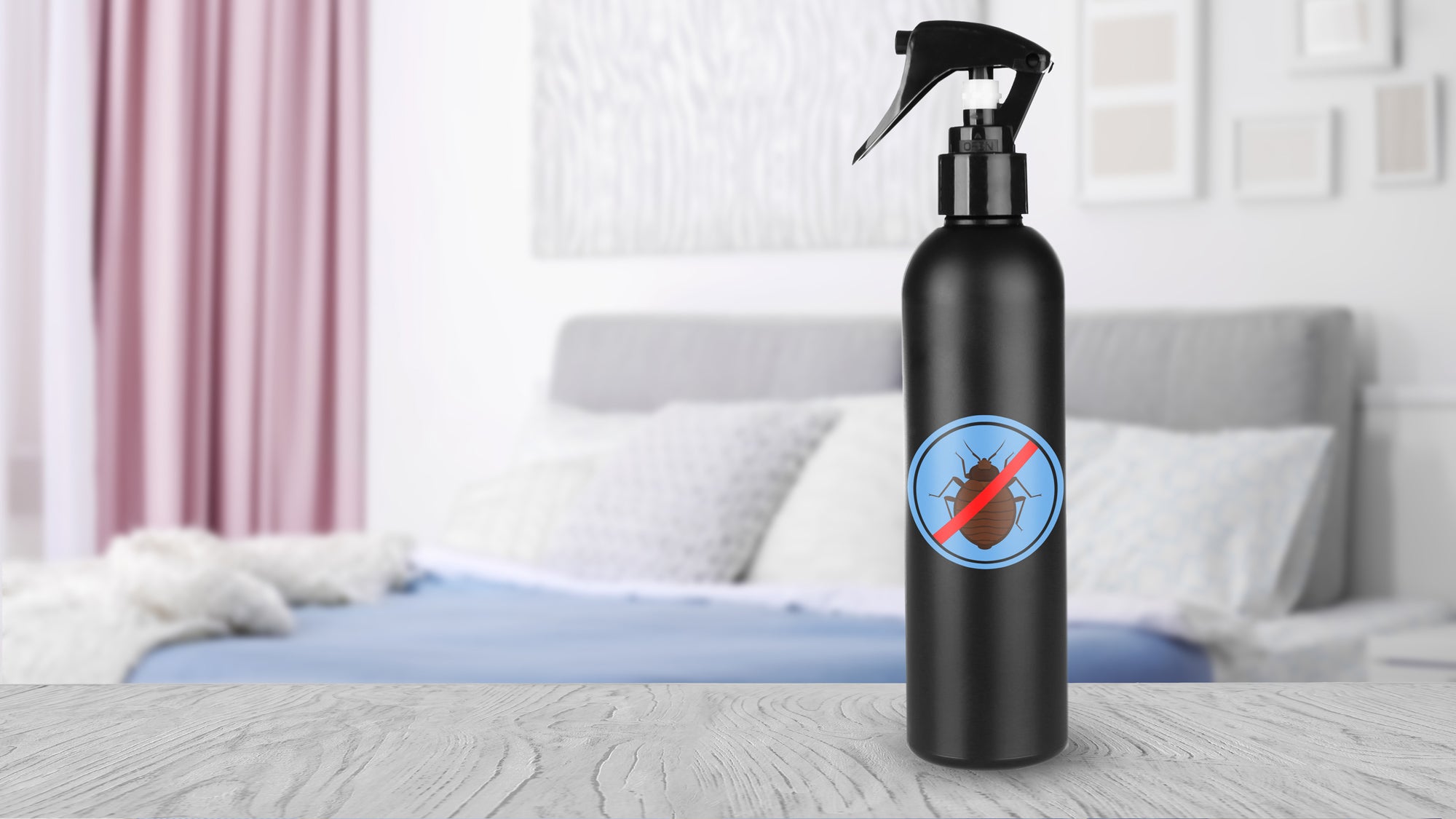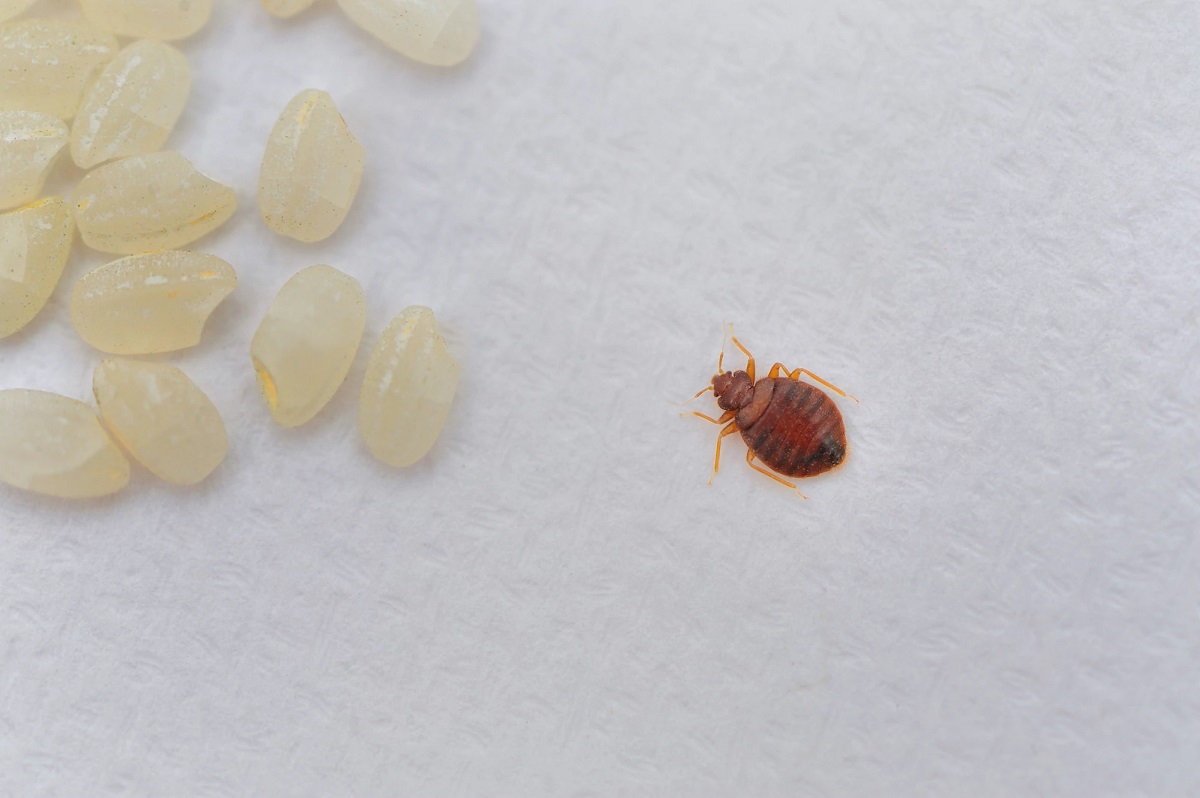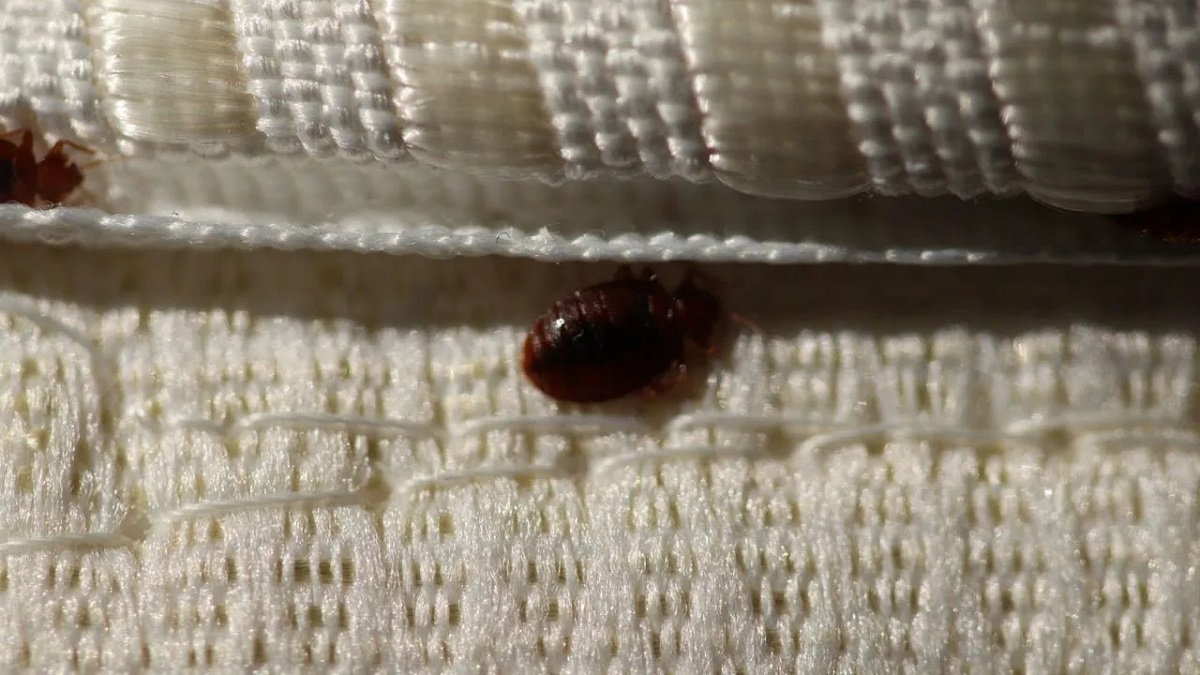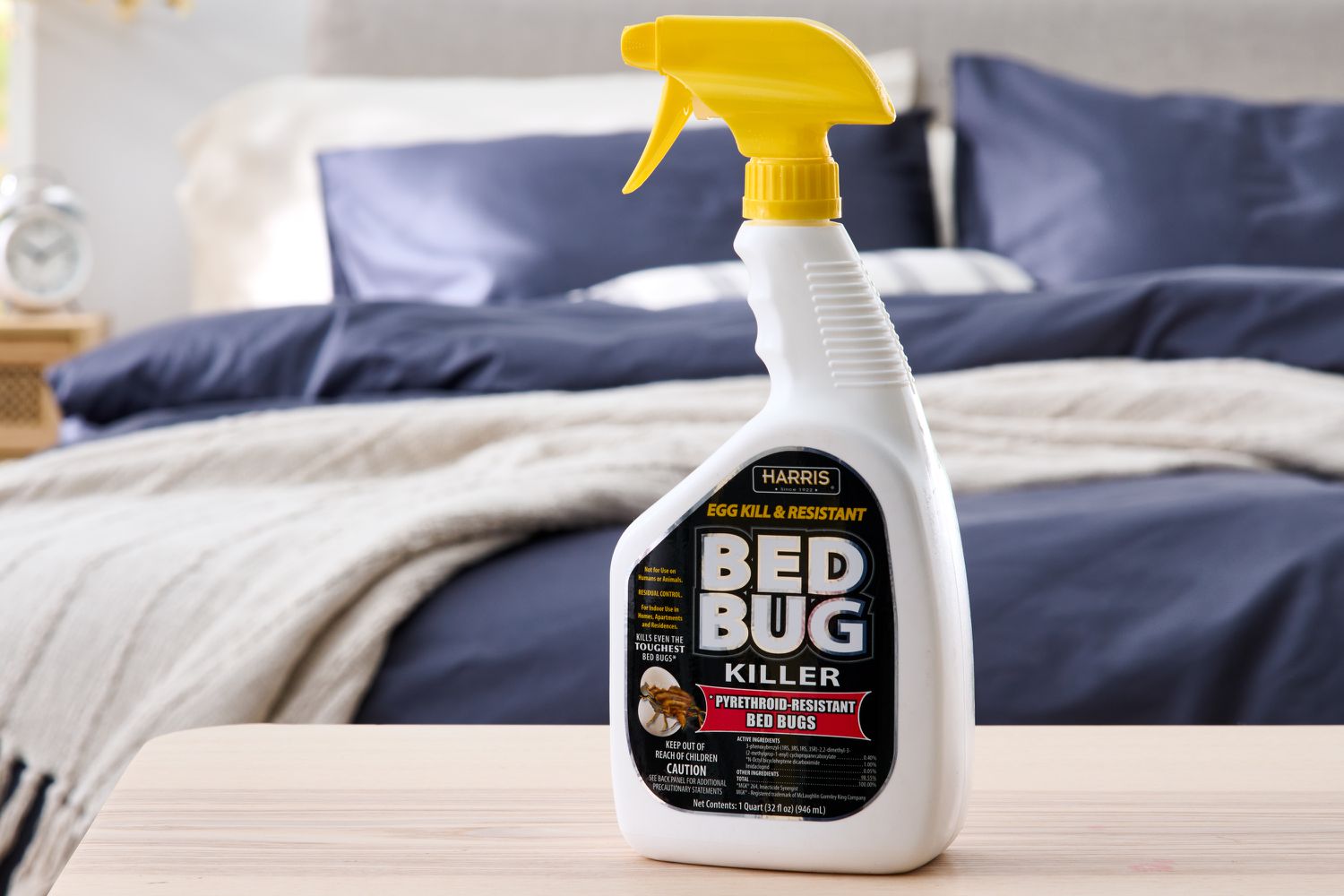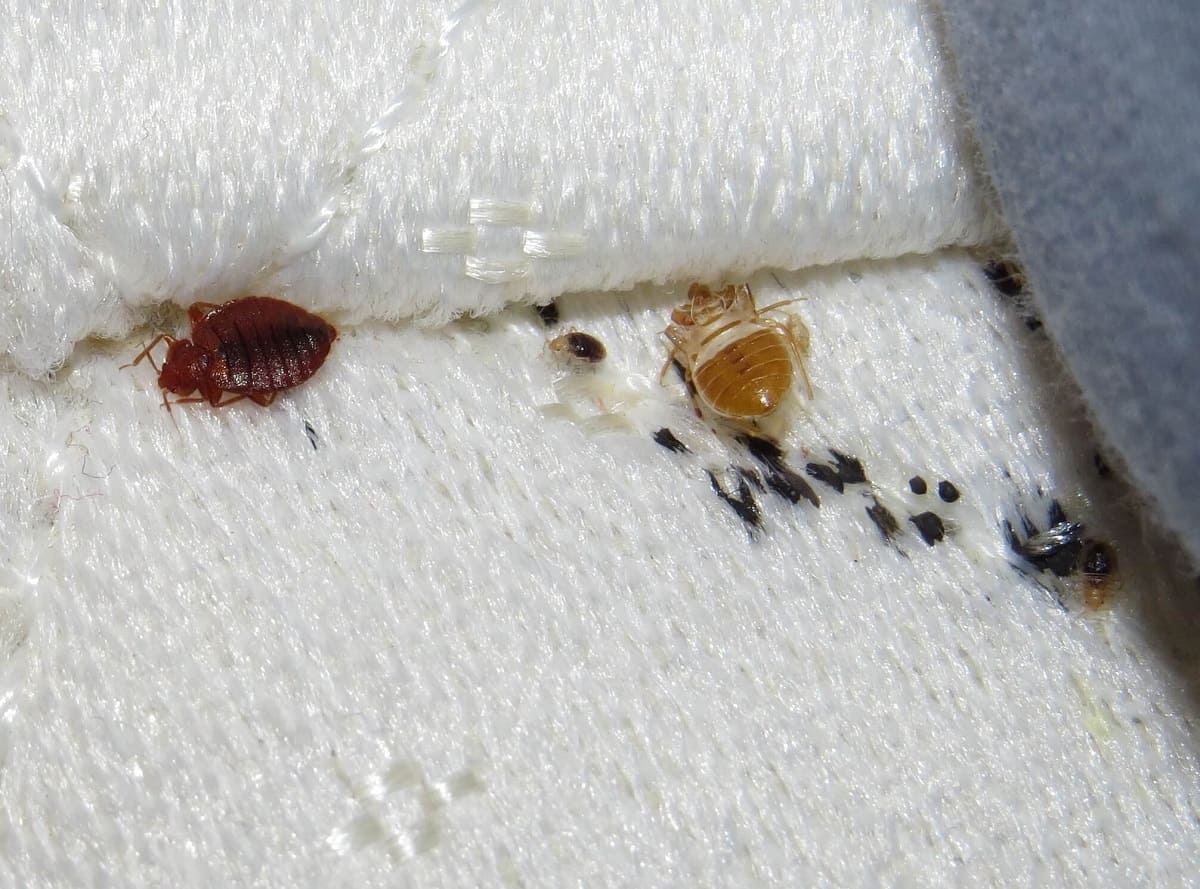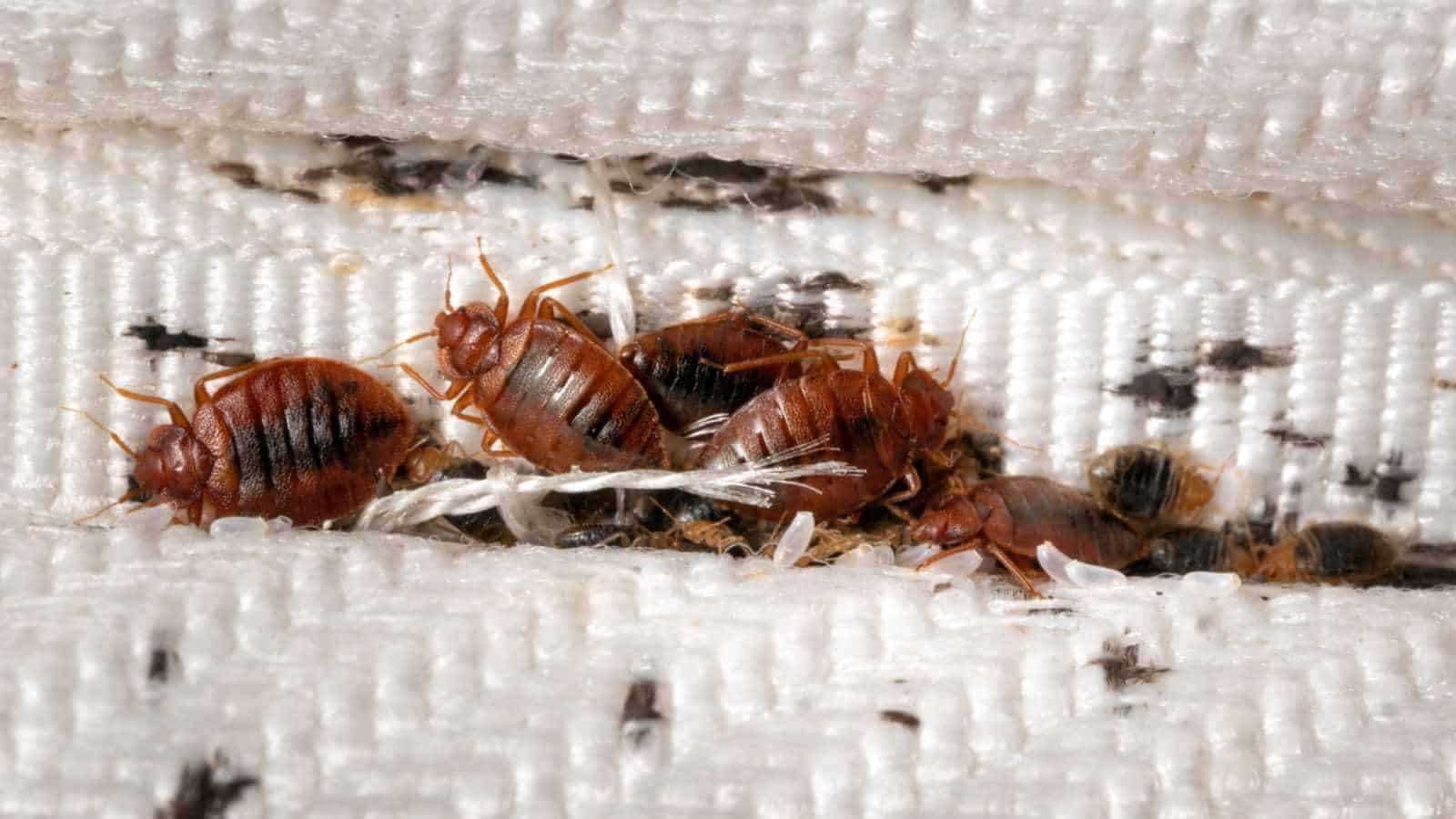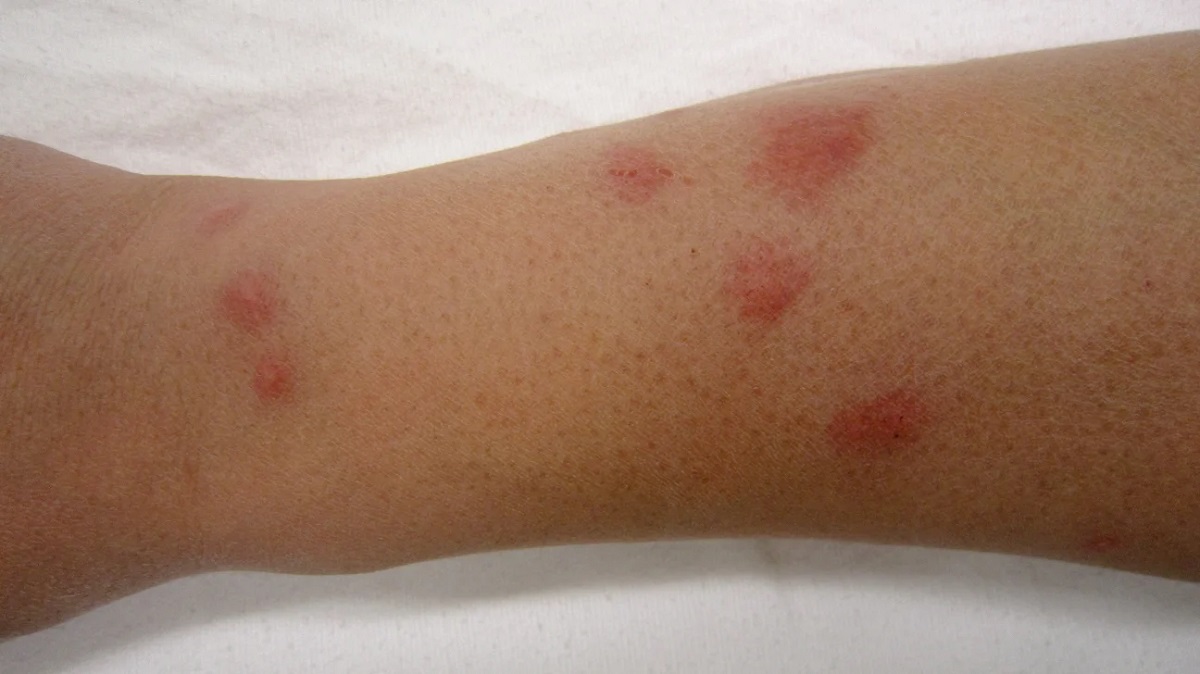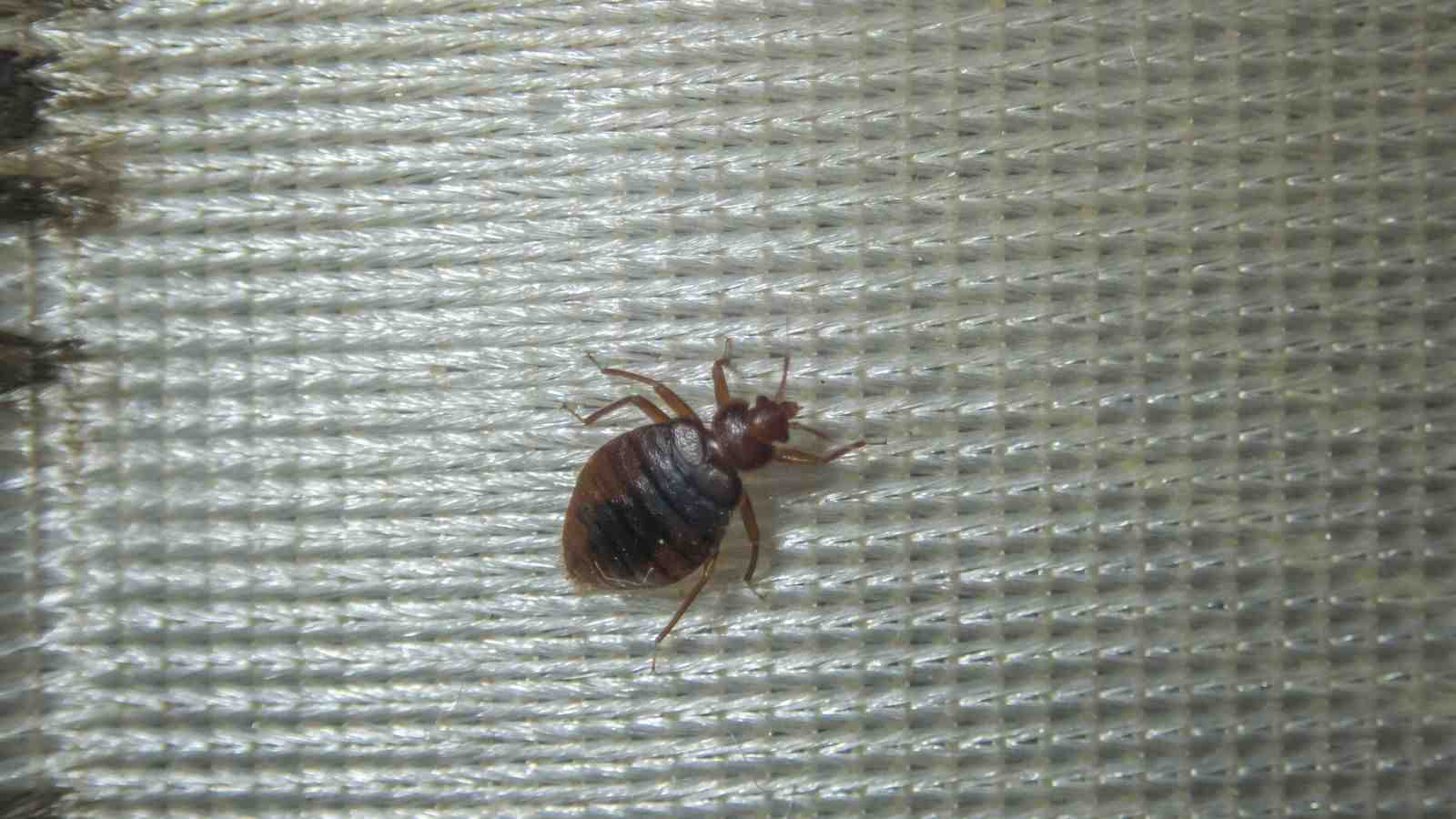Home>Furniture>Bedroom Furniture>What Color Are Bed Bugs
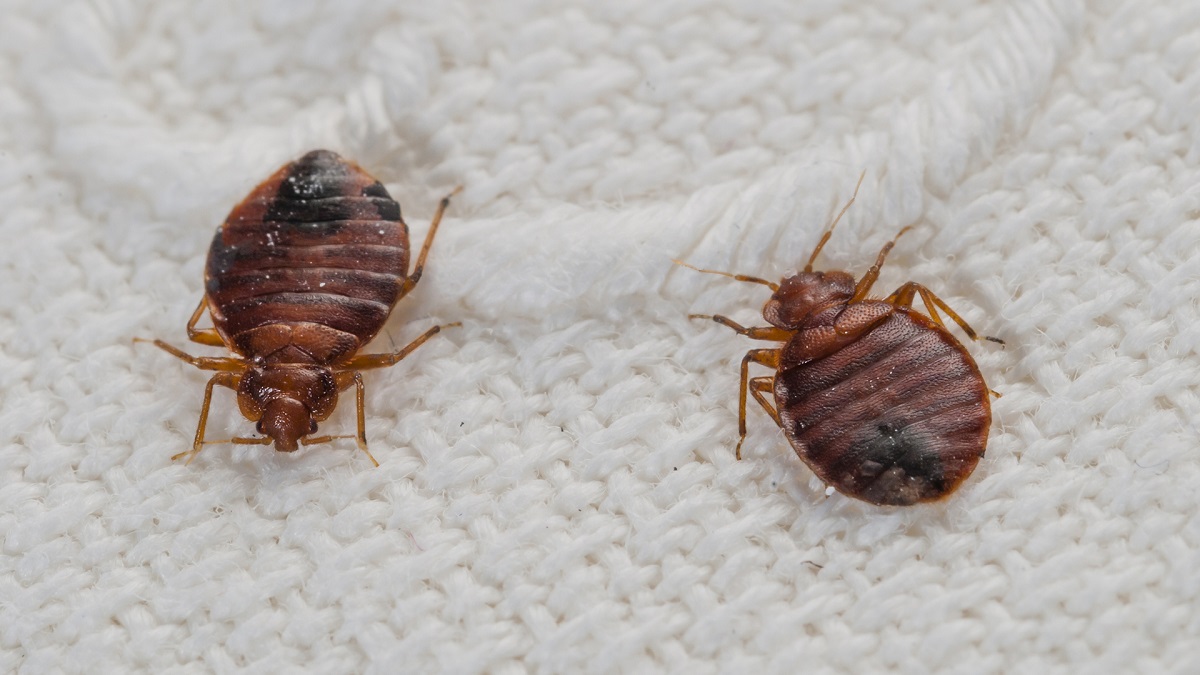

Bedroom Furniture
What Color Are Bed Bugs
Modified: January 19, 2024
Discover what color bed bugs are and how to identify them. Protect your bedroom furniture with effective strategies to eliminate these unwanted pests.
(Many of the links in this article redirect to a specific reviewed product. Your purchase of these products through affiliate links helps to generate commission for Storables.com, at no extra cost. Learn more)
Introduction
When it comes to bed bugs, there are several factors that people consider important, such as their size, habits, and most importantly, their color. While the thought of having a bed bug infestation can make anyone cringe, understanding their physical characteristics, including their color, can help you identify and mitigate the problem more effectively.
In this article, we will delve into the fascinating world of bed bug colors. We will explore the various colors that bed bugs can have, the factors that influence their coloration, and the challenges in identifying their colors accurately. So, let’s dive in and uncover the color palette of these notorious pests.
Key Takeaways:
- Bed bugs come in various colors, from light brown to reddish-brown, influenced by genetics, feeding habits, and environmental conditions. Identifying them based solely on color can be challenging, so consider multiple characteristics for accurate detection.
- While understanding bed bug coloration is important, it’s just one piece of the puzzle. Consulting a professional pest control service is recommended for accurate identification and effective treatment. Early detection and prompt action are crucial in managing bed bug infestations.
Read more: What Are Bed Bugs
Understanding Bed Bugs
Before we delve into the realm of bed bug colors, let’s first gain a basic understanding of these pesky creatures. Bed bugs are small, wingless insects that belong to the family Cimicidae. They are ectoparasites, which means they live outside the host’s body and feed on their blood. While they are commonly associated with infesting beds and mattresses, they can also be found in other furniture, cracks, and crevices.
Bed bugs are nocturnal insects, preferring to feed on their human hosts while they are sleeping. They have a flat, oval-shaped body and are approximately the size of an apple seed. Despite their tiny size, they can cause significant discomfort and distress.
These resilient pests have been a nuisance to humans for thousands of years, with references to bed bug infestations dating back to ancient civilizations. They can reproduce quickly, laying hundreds of eggs in their lifetime.
Now that we have a better understanding of bed bugs, let’s explore their coloration and how it varies among individuals.
Physical Characteristics of Bed Bugs
Bed bugs may be small, but they possess distinct physical characteristics that set them apart from other insects. Understanding these features can be helpful in identifying and managing infestations.
Shape: Bed bugs have a flat, oval-shaped body when unfed. This shape allows them to easily hide in cracks and crevices, making them excellent at evading detection.
Size: Adult bed bugs are typically about 4 to 5 millimeters in length, similar to the size of an apple seed. However, their size can vary depending on their stage of development and how recently they have fed. After feeding, their bodies become engorged and elongated.
Color: Bed bugs can range in color from pale yellow and light brown to reddish-brown and dark brown. The exact color can vary depending on factors such as age, feeding status, and the presence of blood in their digestive system.
Antennae: These pests have segmented antennae protruding from their heads. The antennae help them with their sense of touch and detection of chemical signals.
Legs: Bed bugs have six legs that are relatively short compared to their body size. Their legs allow them to crawl quickly and navigate various surfaces.
Although bed bugs have these characteristic physical features, their coloration is particularly interesting and can vary among individuals and populations. Let’s explore the factors that influence the color of bed bugs.
Factors Influencing Bed Bug Color
The color of bed bugs can be influenced by several factors, including genetics, age, feeding habits, and environmental conditions. Let’s take a closer look at these factors:
Genetics: Just like humans, bed bugs inherit certain traits from their parents, including their color. Different populations of bed bugs may have variations in their genetic makeup, resulting in differences in coloration. While most bed bugs are brown or reddish-brown, some populations may exhibit lighter or darker shades.
Age: As bed bugs go through their life cycle, their color can change. Immature nymphs are generally lighter in color, often appearing pale or translucent. As they molt and reach adulthood, they darken in color. Adult bed bugs tend to be darker, ranging from brown to reddish-brown.
Feeding Habits: The feeding habits of bed bugs can affect their coloration. After feeding on blood, bed bugs become engorged and their bodies can appear redder due to the presence of blood in their digestive system. However, as time passes and they digest the blood, their color can return to its normal brownish shade.
Environmental Conditions: The environmental conditions in which bed bugs thrive can also impact their color. Factors such as temperature, humidity, and access to harborage sites can influence their overall health and appearance. Bed bugs in favorable environments may exhibit more vibrant colors compared to those in unfavorable conditions.
It’s important to note that while these factors can contribute to bed bug coloration, they are not definitive indicators. Therefore, relying solely on color to identify bed bugs may not be sufficient. To accurately identify bed bugs, it’s essential to consider multiple characteristics and consult with a pest control professional if needed.
Now that we understand some of the factors influencing bed bug color, let’s explore the common colors of these pests.
Inspect your mattress and bedding for small, reddish-brown bugs. Look for dark spots or smears on sheets, a sign of bed bug excrement. If you suspect an infestation, contact a pest control professional.
Common Colors of Bed Bugs
When it comes to their coloration, bed bugs are known for their various shades of brown and reddish-brown. These colors are the most commonly observed among infestations. Let’s take a closer look at the common colors of bed bugs:
Light Brown: Many bed bugs have a light brown coloration, which can range from pale beige to a slightly darker tan. These lighter shades make them more difficult to spot, especially on light-colored bedding or furniture.
Reddish-Brown: Another common color of bed bugs is reddish-brown. This color often intensifies after the bugs have fed. The presence of blood in their digestive system gives them a darker, more distinct reddish hue.
Dark Brown: Some bed bugs may have a darker brown coloration, almost bordering on black. These darker individuals are less common but can still be encountered in infestations. They often blend in well with darker furniture or bedding materials.
It is worth noting that the exact colors and shades of bed bugs can vary among individuals and populations. Some bed bugs may exhibit intermediate colorations, falling somewhere between light brown and reddish-brown, while others may have a more uniform or mottled appearance.
Remember, identifying bed bugs based solely on color can be challenging, as other factors such as size, shape, and behavior should also be considered. If you suspect a bed bug infestation, it is best to seek professional assistance to properly identify and address the issue.
Now that we have explored the common colors of bed bugs, let’s discuss the variation in their coloration.
Read more: What Causes Bed Bugs
Variation in Bed Bug Coloration
While bed bugs are commonly associated with shades of brown and reddish-brown, it is important to note that there can be variation in their coloration. This variation can be influenced by several factors, including genetics, feeding habits, and environmental conditions.
Genetic Variation: Different populations of bed bugs may exhibit slight variations in color due to genetic factors. Some populations may have individuals with lighter or darker shades of brown, while others may have individuals with more reddish tones. These variations can be influenced by the specific genetic makeup of each population.
Feeding Habit Variation: The color of bed bugs can also be influenced by their feeding habits. After a bed bug has fed on blood, it becomes engorged and its body may appear redder due to the presence of blood in its digestive system. However, as the blood is digested, the color may return to its normal brownish shade. This variation in color can make it more challenging to identify bed bugs accurately.
Environmental Variation: The environmental conditions in which bed bugs thrive can also impact their coloration. Factors such as temperature, humidity, and the availability of harborage sites can influence the overall health and appearance of bed bugs. Bed bugs in favorable environments may exhibit more vibrant and consistent colors, while those in unfavorable conditions may appear duller or have variations in color across the population.
Due to these factors, it is important to remember that bed bug coloration can vary not only among different populations but also within a single infestation. This variation in color can make identification more challenging, as it can lead to confusion and misidentification.
Identifying bed bugs based on color alone is not sufficient. It is crucial to consider multiple characteristics such as size, shape, and behavior to accurately identify these pests. If you suspect a bed bug infestation, it is recommended to consult with a professional pest control service for proper identification and management.
Now that we have discussed the variation in bed bug coloration, let’s address the challenges in identifying their colors accurately.
Challenges in Identifying Bed Bug Colors
Identifying the color of bed bugs can be challenging due to several factors. While their coloration can provide valuable information, it should not be relied upon as the sole identifying characteristic. Here are some challenges that can arise when trying to identify bed bug colors:
Variation in Color: As discussed earlier, bed bugs can exhibit variation in their coloration. Factors such as genetics, feeding habits, and environmental conditions can lead to differences in color within an infestation. This variation can make it difficult to identify a consistent or “typical” color for bed bugs.
Visual Obstacles: Bed bugs are experts at hiding in cracks, crevices, and other hard-to-reach areas. This can make it challenging to get a good visual on their true color. Additionally, their small size and ability to blend in with their surroundings can further hinder color identification.
Lighting Conditions: The lighting conditions under which bed bugs are observed can impact their perceived color. Different types of lighting, such as natural light, fluorescent light, or incandescent light, can alter the appearance of bed bug color. Some lighting may make bed bugs appear lighter or darker than they actually are, leading to potential misidentification.
Molted Skins: Bed bugs shed their exoskeletons (skins) as they grow and mature. These cast-off skins can sometimes be mistaken for live bed bugs. The color of these molted skins can vary, often resembling the coloration of bed bugs. This can further complicate the accurate identification of bed bug colors.
Other Factors: Other factors, such as debris, fecal stains, or external substances on the surface of the bug, can mask or alter the true color of bed bugs. These external factors can make it challenging to accurately determine the underlying color of the insects.
Given these challenges, it is crucial to consider multiple identifying characteristics, including size, shape, behavior, and more, when confirming the presence of bed bugs. Consulting with a professional pest control service is recommended for accurate identification and appropriate treatment.
Now that we understand the challenges in identifying bed bug colors, let’s conclude our exploration of the colorful world of these pests.
Conclusion
Bed bugs may be small, but their coloration plays a significant role in their identification and management. Understanding their physical characteristics, including their color, can help in identifying infestations and taking appropriate measures to control them.
Bed bugs are commonly found in shades of brown and reddish-brown, with variations in coloration due to genetics, feeding habits, and environmental factors. Light brown and reddish-brown are the most frequently observed colors, while darker brown and blackish individuals are less common. However, it is important to note that the exact color can vary within and between infestations.
Identifying bed bugs based solely on color can be challenging, as variation, visual obstacles, lighting conditions, molted skins, and external substances can all play a role in color misinterpretation. Therefore, relying on multiple identifying characteristics, such as size, shape, and behavior, is essential for accurate identification.
If you suspect a bed bug infestation, it is recommended to consult with a professional pest control service. They have the expertise and tools to correctly identify bed bugs and develop an effective treatment plan.
In conclusion, while understanding bed bug coloration is important, it is just one piece of the puzzle when dealing with these persistent pests. By combining knowledge of their physical characteristics, behaviors, and appropriate detection methods, you can take proactive steps to prevent and manage bed bug infestations in your home or business.
Remember, early detection and prompt action are key to addressing bed bug problems effectively and maintaining a peaceful night’s sleep.
Frequently Asked Questions about What Color Are Bed Bugs
Was this page helpful?
At Storables.com, we guarantee accurate and reliable information. Our content, validated by Expert Board Contributors, is crafted following stringent Editorial Policies. We're committed to providing you with well-researched, expert-backed insights for all your informational needs.
